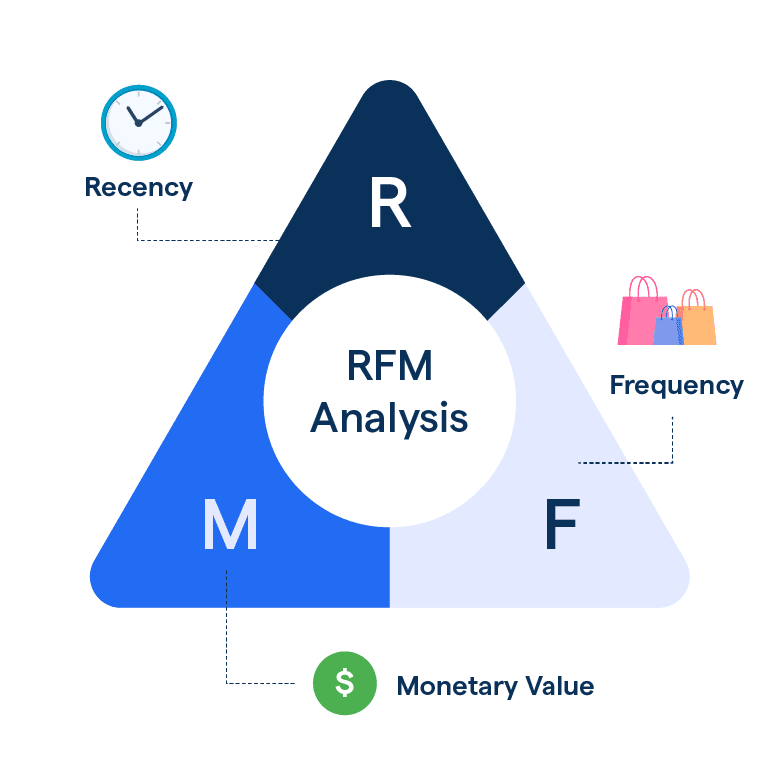
Identify Your Best Customers Using RFM Segmentation
Published on: August 01, 2022
Last updated: August 05, 2025 Read in fullscreen view
Last updated: August 05, 2025 Read in fullscreen view
- 18 Oct 2020
 How to use the "Knowns" and "Unknowns" technique to manage assumptions 21/989
How to use the "Knowns" and "Unknowns" technique to manage assumptions 21/989 - 05 Jul 2020
 What is Sustaining Software Engineering? 14/1188
What is Sustaining Software Engineering? 14/1188 - 01 Oct 2020
 Fail fast, learn faster with Agile methodology 13/973
Fail fast, learn faster with Agile methodology 13/973 - 20 Mar 2022
 What is a Multi-Model Database? Pros and Cons? 11/1063
What is a Multi-Model Database? Pros and Cons? 11/1063 - 12 Oct 2022
 14 Common Reasons Software Projects Fail (And How To Avoid Them) 10/504
14 Common Reasons Software Projects Fail (And How To Avoid Them) 10/504 - 01 Mar 2023
 What is Unit Testing? Pros and cons of Unit Testing? 8/355
What is Unit Testing? Pros and cons of Unit Testing? 8/355 - 19 Oct 2021
 Is gold plating good or bad in project management? 7/754
Is gold plating good or bad in project management? 7/754 - 10 Nov 2022
 Poor Code Indicators and How to Improve Your Code? 7/213
Poor Code Indicators and How to Improve Your Code? 7/213 - 30 Jan 2022
 What Does a Sustaining Engineer Do? 7/554
What Does a Sustaining Engineer Do? 7/554 - 06 Feb 2021
 Why fail fast and learn fast? 6/375
Why fail fast and learn fast? 6/375 - 28 Jul 2022
 POC, Prototypes, Pilots and MVP: What Are the Differences? 6/606
POC, Prototypes, Pilots and MVP: What Are the Differences? 6/606 - 13 Oct 2021
 Outsourcing Software Development: MVP, Proof of Concept (POC) and Prototyping. Which is better? 6/424
Outsourcing Software Development: MVP, Proof of Concept (POC) and Prototyping. Which is better? 6/424 - 01 Mar 2023
 Bug Prioritization - What are the 5 levels of priority? 6/207
Bug Prioritization - What are the 5 levels of priority? 6/207 - 07 Oct 2025
 Case Study: Using the “Messaging House” Framework to Build a Digital Transformation Roadmap 5/45
Case Study: Using the “Messaging House” Framework to Build a Digital Transformation Roadmap 5/45 - 05 Mar 2021
 How do you minimize risks when you outsource software development? 5/317
How do you minimize risks when you outsource software development? 5/317 - 31 Aug 2022
 What are the best practices for software contract negotiations? 5/215
What are the best practices for software contract negotiations? 5/215 - 04 Oct 2022
 Which ERP implementation strategy is right for your business? 4/278
Which ERP implementation strategy is right for your business? 4/278 - 12 Dec 2021
 Zero Sum Games Agile vs. Waterfall Project Management Methods 4/374
Zero Sum Games Agile vs. Waterfall Project Management Methods 4/374 - 31 Dec 2021
 What is a Data Pipeline? 4/187
What is a Data Pipeline? 4/187 - 14 Oct 2021
 Advantages and Disadvantages of Time and Material Contract (T&M) 4/789
Advantages and Disadvantages of Time and Material Contract (T&M) 4/789 - 21 Jun 2022
 Difference between Quality and Grade 4/698
Difference between Quality and Grade 4/698 - 08 Jan 2024
 Ask Experts: Explicitation/Implicitation and Elicitation; two commonly used but barely unraveled concepts 4/275
Ask Experts: Explicitation/Implicitation and Elicitation; two commonly used but barely unraveled concepts 4/275 - 01 Dec 2023
 Laws of Project Management 3/249
Laws of Project Management 3/249 - 05 Sep 2023
 The Cold Start Problem: How to Start and Scale Network Effects 3/167
The Cold Start Problem: How to Start and Scale Network Effects 3/167 - 18 Jul 2021
 How To Ramp Up An Offshore Software Development Team Quickly 3/516
How To Ramp Up An Offshore Software Development Team Quickly 3/516 - 08 Oct 2022
 KPI - The New Leadership 3/557
KPI - The New Leadership 3/557 - 22 Sep 2022
 Why is it important to have a “single point of contact (SPoC)” on an IT project? 3/843
Why is it important to have a “single point of contact (SPoC)” on an IT project? 3/843 - 31 Oct 2021
 Tips to Fail Fast With Outsourcing 3/375
Tips to Fail Fast With Outsourcing 3/375 - 18 Aug 2022
 What are the consequences of poor requirements with software development projects? 3/242
What are the consequences of poor requirements with software development projects? 3/242 - 13 Dec 2020
 Move fast, fail fast, fail-safe 2/292
Move fast, fail fast, fail-safe 2/292 - 23 Sep 2021
 INFOGRAPHIC: Top 9 Software Outsourcing Mistakes 2/411
INFOGRAPHIC: Top 9 Software Outsourcing Mistakes 2/411 - 04 Oct 2021
 Product Validation: The Key to Developing the Best Product Possible 2/295
Product Validation: The Key to Developing the Best Product Possible 2/295 - 28 Dec 2021
 8 types of pricing models in software development outsourcing 2/417
8 types of pricing models in software development outsourcing 2/417 - 28 Oct 2022
 Build Operate Transfer (B.O.T) Model in Software Outsourcing 2/361
Build Operate Transfer (B.O.T) Model in Software Outsourcing 2/361 - 17 Feb 2022
 Prioritizing Software Requirements with Kano Analysis 2/280
Prioritizing Software Requirements with Kano Analysis 2/280 - 10 Dec 2023
 Pain points of User Acceptance Testing (UAT) 2/416
Pain points of User Acceptance Testing (UAT) 2/416 - 01 May 2024
 Warren Buffett’s Golden Rule for Digital Transformation: Avoiding Tech Overload 2/188
Warren Buffett’s Golden Rule for Digital Transformation: Avoiding Tech Overload 2/188 - 03 Oct 2021
 Five long-lasting trends in Chinese Marketing 1/345
Five long-lasting trends in Chinese Marketing 1/345 - 26 Dec 2023
 Improving Meeting Effectiveness Through the Six Thinking Hats 1/205
Improving Meeting Effectiveness Through the Six Thinking Hats 1/205 - 05 Jan 2024
 Easy ASANA tips & tricks for you and your team 1/180
Easy ASANA tips & tricks for you and your team 1/180 - 11 Jan 2024
 What are the Benefits and Limitations of Augmented Intelligence? 1/434
What are the Benefits and Limitations of Augmented Intelligence? 1/434 - 12 Aug 2024
 Understanding Google Analytics in Mumbai: A Beginner's Guide 1/84
Understanding Google Analytics in Mumbai: A Beginner's Guide 1/84 - 02 Jan 2024
 What is User Provisioning & Deprovisioning? 1/480
What is User Provisioning & Deprovisioning? 1/480 - 25 Apr 2021
 What is outstaffing? 1/229
What is outstaffing? 1/229 - 19 Apr 2021
 7 Most Common Time-Wasters For Software Development 1/525
7 Most Common Time-Wasters For Software Development 1/525 - 13 Nov 2021
 What Is Bleeding Edge Technology? Are bleeding edge technologies cheaper? 1/454
What Is Bleeding Edge Technology? Are bleeding edge technologies cheaper? 1/454 - 19 Oct 2021
 Software development life cycles /628
Software development life cycles /628 - 06 Nov 2019
 How to Access Software Project Size? /236
How to Access Software Project Size? /236 - 03 Jul 2022
 What is the difference between Project Proposal and Software Requirements Specification (SRS) in software engineering? /955
What is the difference between Project Proposal and Software Requirements Specification (SRS) in software engineering? /955 - 10 Apr 2022
 What is predictive analytics? Why it matters? /167
What is predictive analytics? Why it matters? /167 - 14 Mar 2024
 Why should you opt for software localization from a professional agency? /117
Why should you opt for software localization from a professional agency? /117 - 01 Mar 2024
 (AI) Artificial Intelligence Terms Every Beginner Should Know /280
(AI) Artificial Intelligence Terms Every Beginner Should Know /280 - 12 Mar 2024
 How do you create FOMO in software prospects? /127
How do you create FOMO in software prospects? /127 - 01 Aug 2024
 Red vs. Blue Oceans in Software Development /189
Red vs. Blue Oceans in Software Development /189 - 06 Mar 2024
 [SemRush] What Are LSI Keywords & Why They Don‘t Matter /131
[SemRush] What Are LSI Keywords & Why They Don‘t Matter /131
What does RFM stand for?
- Recency (R) – How many days ago customer made a purchase? Deduct most recent purchase date from today to calculate the recency value. 1 day ago? 14 days ago? 500 days ago?
- Frequency (F) – How many times has the customer purchased from our store? For example, if someone placed 10 orders over a period of time, their frequency is 10.
- Monetary (M) – How many $$ (or whatever is your currency of calculation) has this customer spent? Simply total up the money from all transactions to get the M value.
RFM (Recency Frequency Monetary) analysis or RFM segmentation is an effective customer segmentation technique to improve your marketing.
Instead of reaching out to 100% of your audience, target only specific customer segments that can prove beneficial for your business in future.
Thus, RFM analysis will help you strengthen your relationship marketing and increase customer loyalty.
Benefits of RFM
The RFM model has several advantages for customer loyalty.
- RFM is simple and easy to implement. You only need three data points for each customer, which you can easily obtain from your transaction records.
- RFM helps you identify your most loyal and profitable customers, who are likely to have a high lifetime value and a low churn rate. You can then focus your marketing efforts and rewards on these customers, increasing their satisfaction and retention.
- RFM helps you segment your customers into different groups based on their behavior and preferences. You can then tailor your communication, offers, and incentives to each group, enhancing their relevance and engagement.
Drawbacks of RFM
The RFM model also has some limitations
- RFM does not account for other factors that may influence customer behavior, such as product quality, customer service, brand image, or competition. It may also miss some potential customers who have a high propensity to buy but have not purchased recently or frequently.
- RFM assumes that customer behavior is stable and consistent over time, which may not be true in dynamic and changing markets. Customer needs, preferences, and expectations may evolve over time, requiring you to update your RFM segments regularly.
- RFM does not measure customer satisfaction, loyalty, or advocacy directly. It only relies on transactional data, which may not capture the emotional and psychological aspects of customer loyalty.
How to use RFM?
To use the RFM model, you need to follow some steps.
- Collect and analyze your customer transaction data and assign each customer a score for recency, frequency, and monetary value. You can use different scales and methods to score your customers, depending on your business goals and criteria.
- Segment your customers based on their RFM scores. You can use different techniques to segment your customers, such as clustering, quartiles, or ranges. You can also create different names and labels for each segment, such as champions, loyalists, at-risk, or dormant.
- Design and execute your marketing strategies for each segment. You can use different tools and channels to communicate with your customers, such as email, SMS, social media, or phone. You can also use different types of offers and incentives, such as discounts, coupons, freebies, or loyalty programs.
Key Takeaways
RFM Segmentation is a frequently used data analysis method to increase the ROAS of companies. It is mainly based on the customers' behavior.
RFM segmentation is not enough to optimize ads. So why?
- One of the first reasons is that RFM analysis measures the behavior of customers. Although it is used to measure the behavior of visitors, it cannot be said to be a beneficial method to optimize visitor data. However, many companies want to gain new customers as well as current customers. Accordingly, RFM segmentation may not help acquire new customers.
- Secondly, RFM analysis calculates with only three metrics: recency, frequency, and monetary. However, measurements made with these metrics may not always give complete results. There should be more and different metrics to understand the behavior of visitors and customers.
- Thirdly, e-commerce companies are changing and developing day by day. Instant campaigns and strategies almost must in the data analytics and advertisements sector. Therefore, self-learning and automatic segment analysis with the machine learning algorithm are also more valuable and useful.
[{"displaySettingInfo":"[{\"isFullLayout\":false,\"layoutWidthRatio\":\"\",\"showBlogMetadata\":true,\"showAds\":true,\"showQuickNoticeBar\":true,\"includeSuggestedAndRelatedBlogs\":true,\"enableLazyLoad\":true,\"quoteStyle\":\"1\",\"bigHeadingFontStyle\":\"1\",\"postPictureFrameStyle\":\"1\",\"isFaqLayout\":false,\"isIncludedCaption\":false,\"faqLayoutTheme\":\"1\",\"isSliderLayout\":false}]"},{"articleSourceInfo":"[{\"sourceName\":\"\",\"sourceValue\":\"\"}]"},{"privacyInfo":"[{\"isOutsideVietnam\":false}]"},{"tocInfo":"[{\"isEnabledTOC\":true,\"isAutoNumbering\":false,\"isShowKeyHeadingWithIcon\":false}]"},{"bannerInfo":"[{\"isBannerBrightnessAdjust\":false,\"bannerBrightnessLevel\":\"\",\"isRandomBannerDisplay\":true}]"},{"termSettingInfo":"[{\"showTermsOnPage\":true,\"displaySequentialTermNumber\":true}]"}]
Via
{content}






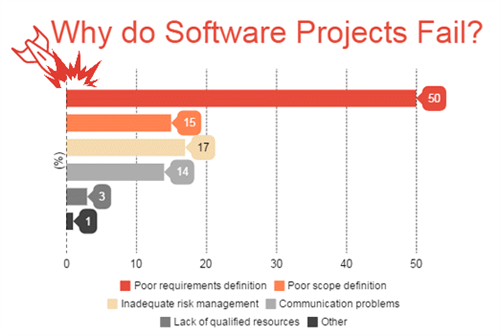


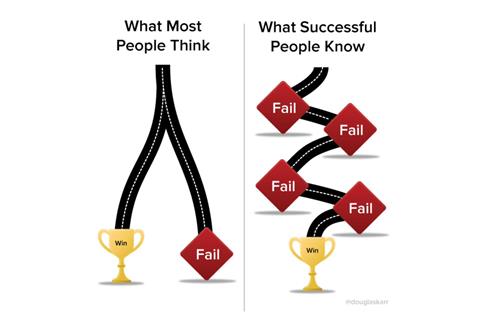


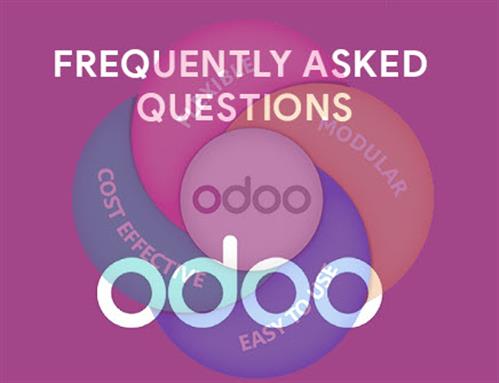
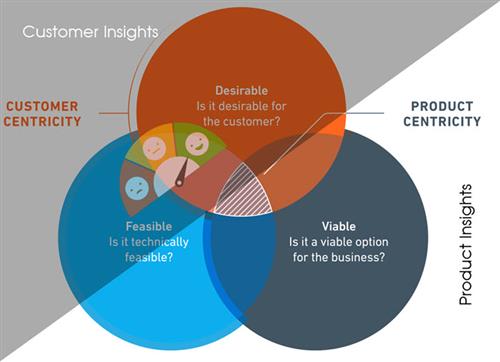

26072024043639_thumb.jpg)

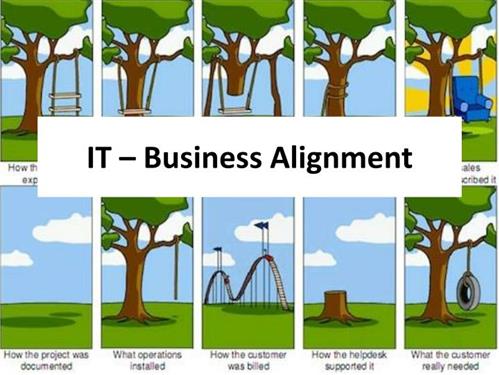



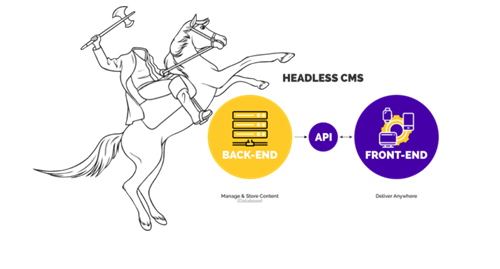












 Link copied!
Link copied!
 Recently Updated News
Recently Updated News